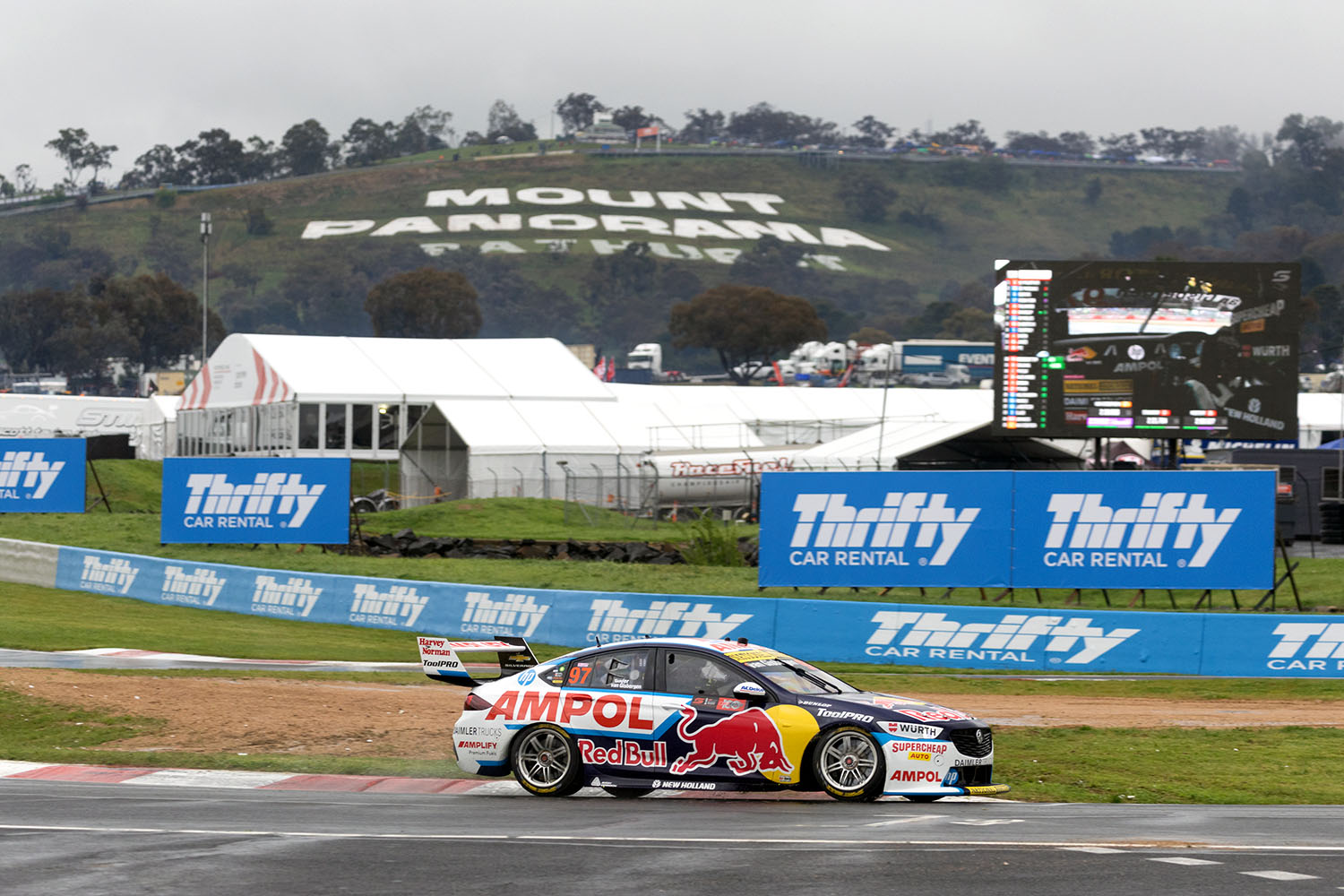
Shane van Gisbergen and Garth Tander ensured Holden scored one more Bathurst 1000 win before it finally fades away from Australia’s top racing category at the end of 2022. It was the Lion brand’s 36th victory at Mount Panorama, making it the most successful brand in the race’s history, comfortably ahead of arch-rival Ford.
It’s one of the reasons why Holden and the Bathurst 1000 are so connected, with much of the brand’s mystic built around its success in the race. So with this chapter now closed, we’re looking back at the way Bathurst shaped Holden’s hero models we drove on the road.
HK Monaro GTS 327
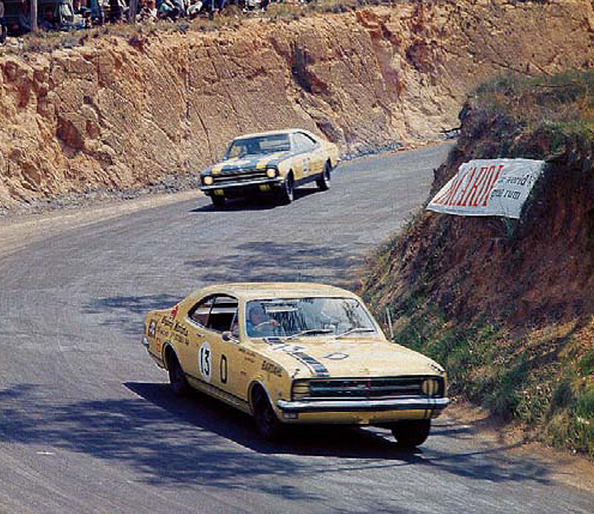
Ford may have invented the concept of the Australian muscle car with the first V8-powered Falcon GT that won Bathurst in 1967, but Holden went a step further when it introduced the HK Monaro GTS 327.
It was the brand’s first hero model, a V8-powered coupe muscle car designed to win on the track and in the showroom. Powered by a 5.3-litre Chevrolet V8 it helped Bruce McPhee and Barry Mulholland to sweep the podium at the ‘68 Hardie-Ferodo 500 and start the legend of the Monaro as Holden’s ultimate hero model.
LJ Torana GTR XU-1
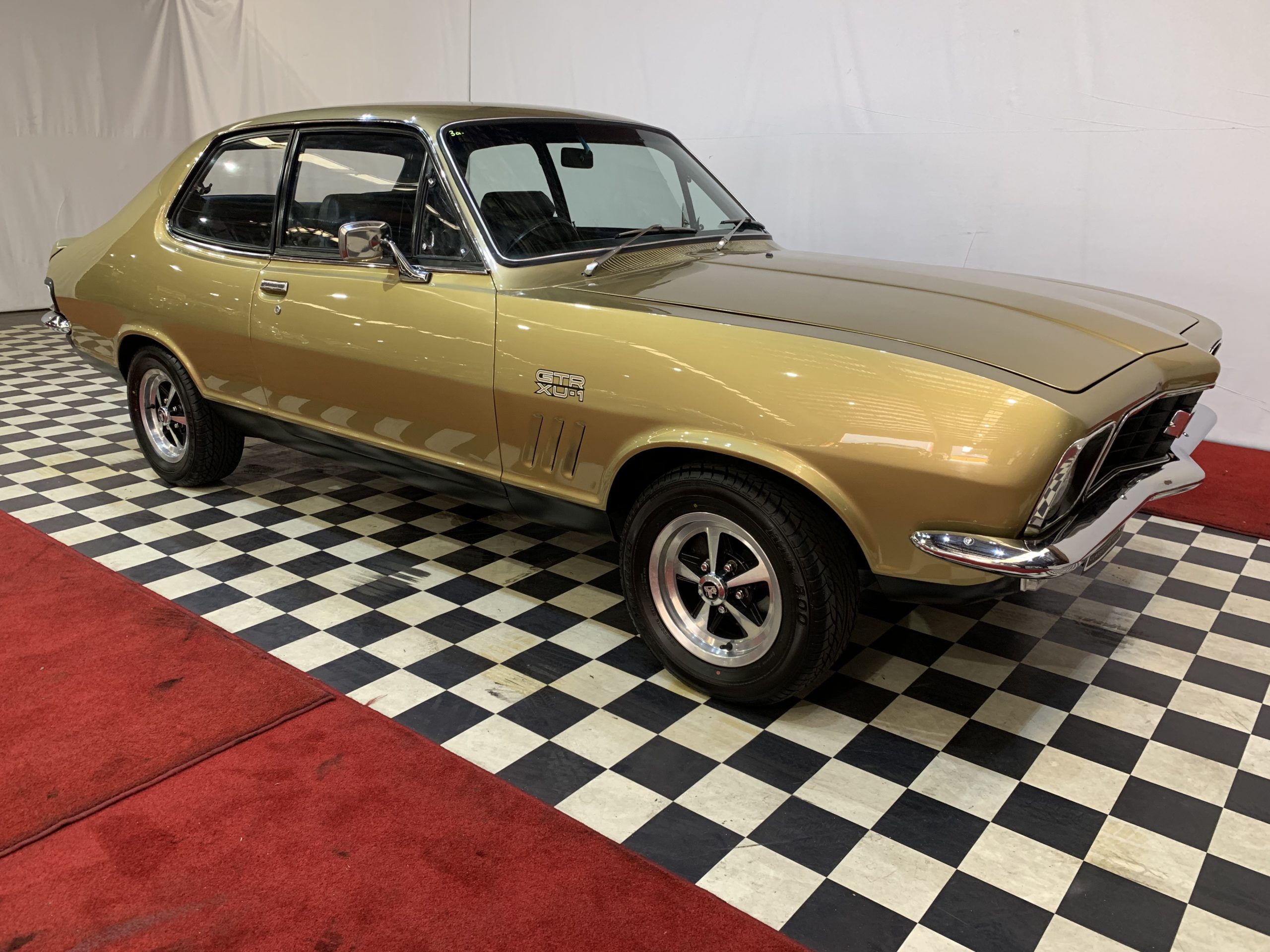
The Monaro may have been the V8 hero, but Holden Dealer Team boss Harry Firth realised that handling was just as important as brute strength at Mount Panorama. This led to the creation of the Torana GTR XU-1, which Peter Brock used to claim the first of his nine Bathurst wins in 1972.
This two-door version of the Torana was powered by a 3.0-litre inline six-cylinder engine which gave it a good power-to-weight ratio and made it a match for the Ford Falcon GT-HO models that were more powerful but lacked the finesse of the XU-1.
It was also the next evolution of Holden’s need to win Bathurst influencing what ended up on the road for the public to buy and enjoy.
LX Torana A9X
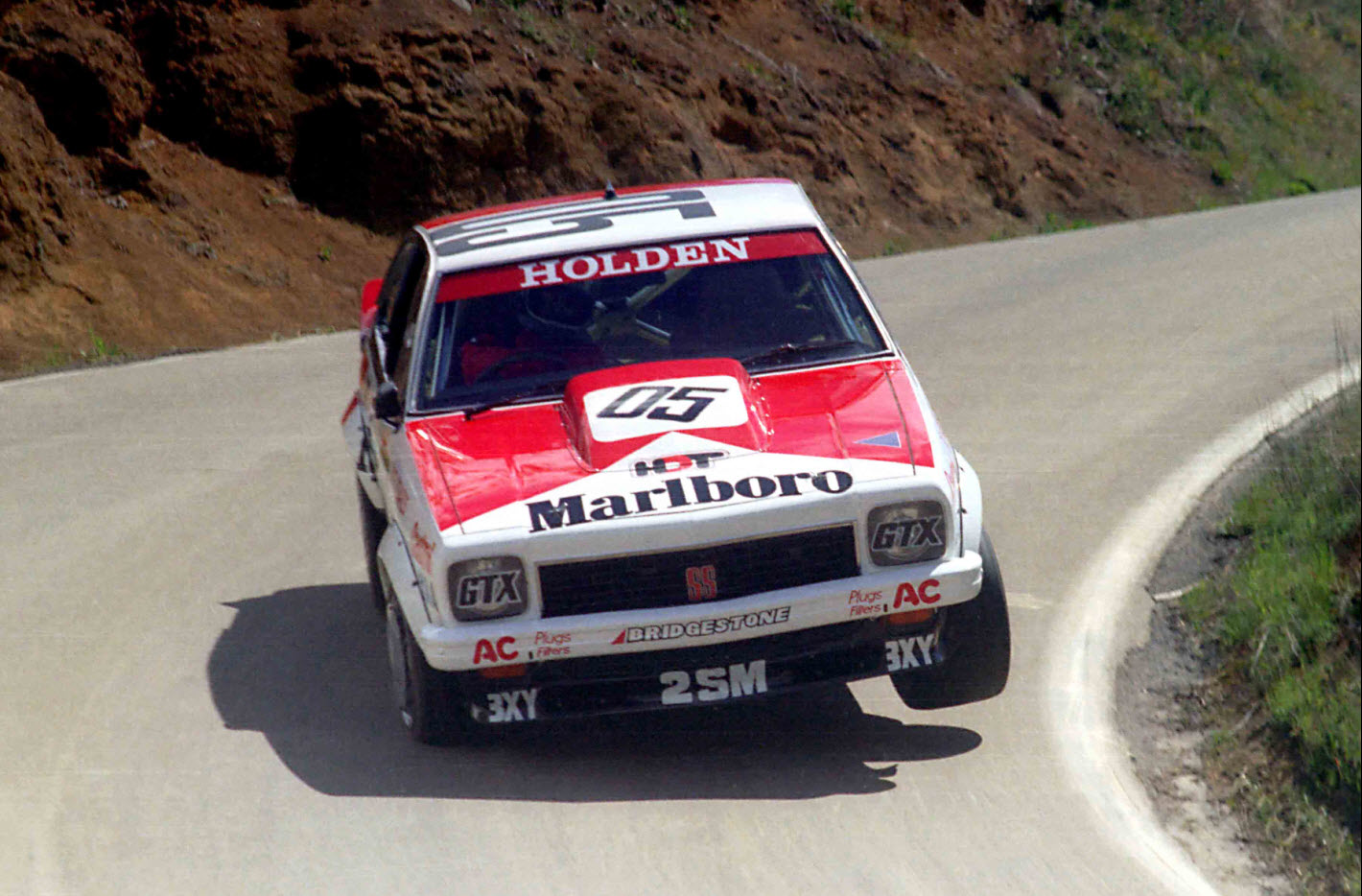
By the mid 1970s the Torana had evolved into Australia’s compact muscle car, with a 5.0-litre V8 now under the bonnet but with HDT still focused on handling in order to ensure it had what it took to master Mount Panorama.
In 1977 Holden introduced what was officially called the ‘Performance Equipment Package’ for the LX Torana, but most people simply call it the A9X. Whatever the name, this added the same engine from the Bathurst-winning L34 Torana plus the iconic flared wheel arches, huge bonnet bulge and rear spoiler that made it the car-to-beat on track.
It helped Brock and Jim Richards claim back-to-back Bathurst wins in ‘78 and ‘79 and made the Torana A9X one of the most desirable and collectable cars ever produced by Holden.
VL Commodore SS Group A SV

While it may not be the most celebrated Holden (or the prettiest) this is the car that started the legend of the Holden Racing Team. When Holden and Brock had their infamous falling out, Tom Walkinshaw stepped in and took over to help the brand out of its Group A struggles.
Working with Larry Perkins, the newly-formed Holden Special Vehicles created this evolution of the ‘87 Bathurst-winning VL Commodore and used it to eventually win the 1990 running of The Great Race.
But more than that, it laid the foundations for both HSV and HRT to become the benchmarks in their respective fields over the coming years.
HSV W427
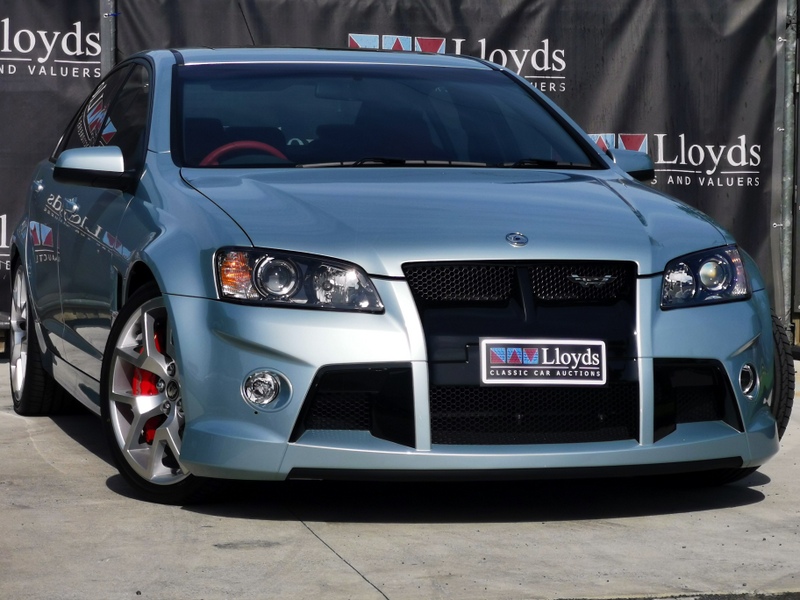
What does a 7.0-litre V8 from a Chevrolet Corvette have to do with Bathurst? Put simply, HRT’s dominance of V8 Supercar racing in the late 1990s and early 2000s led to HSV’s dominance on the performance road car business in Australia, and that ultimately led to the creation of special cars like this one.
The W427 was excessive, no-one really needed a 375kW Commodore, but such was HRT’s success during the glory days of a young Craig Lowndes and peak Mark Skaife, that there was huge demand for something special that new car buyers could experience.
Fittingly, when the W427 was revealed to the public it was finished in ‘Panorama Silver’ – a tribute to both the original VL Commodore model HSV produced, but also the mountain that helped shape the Holden legend.













Discussion about this post